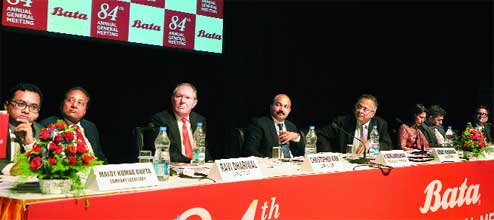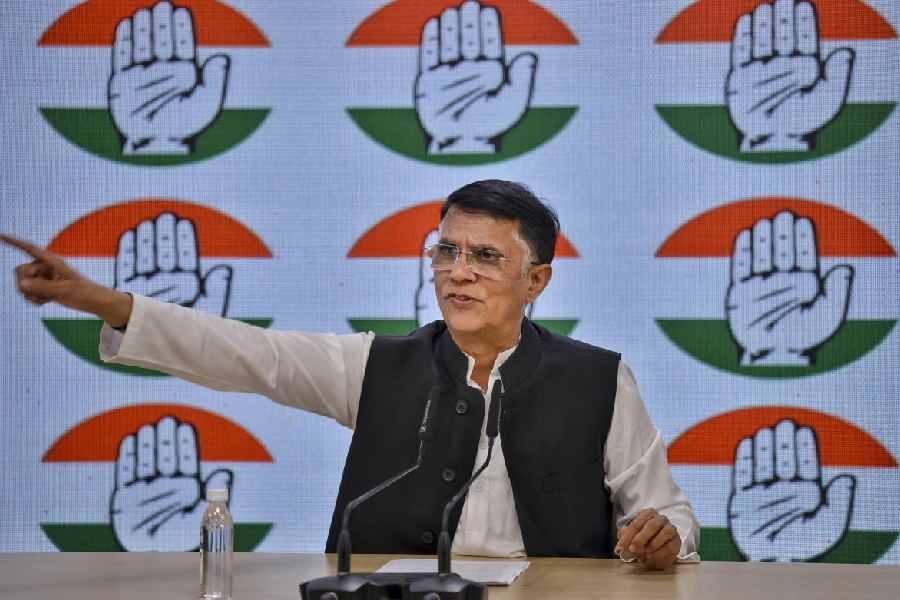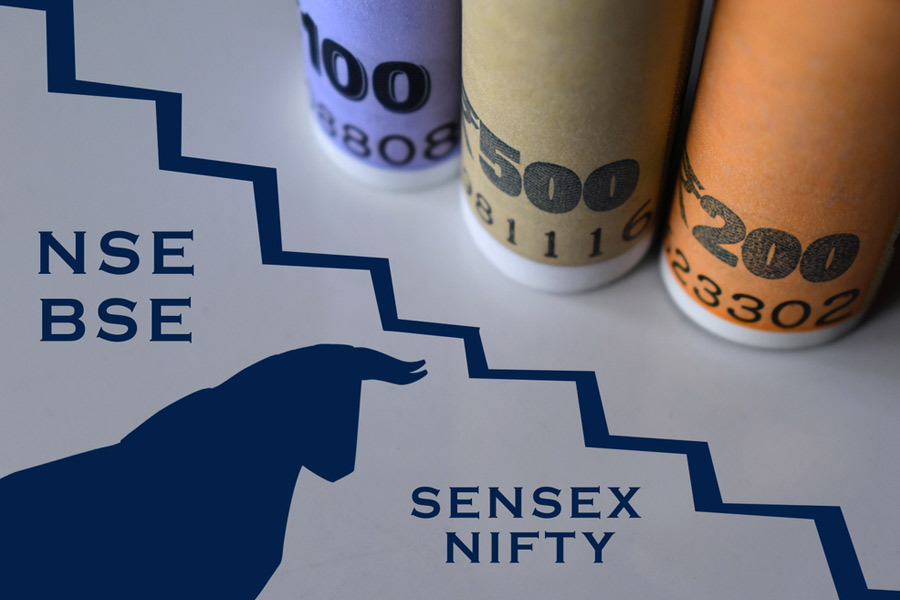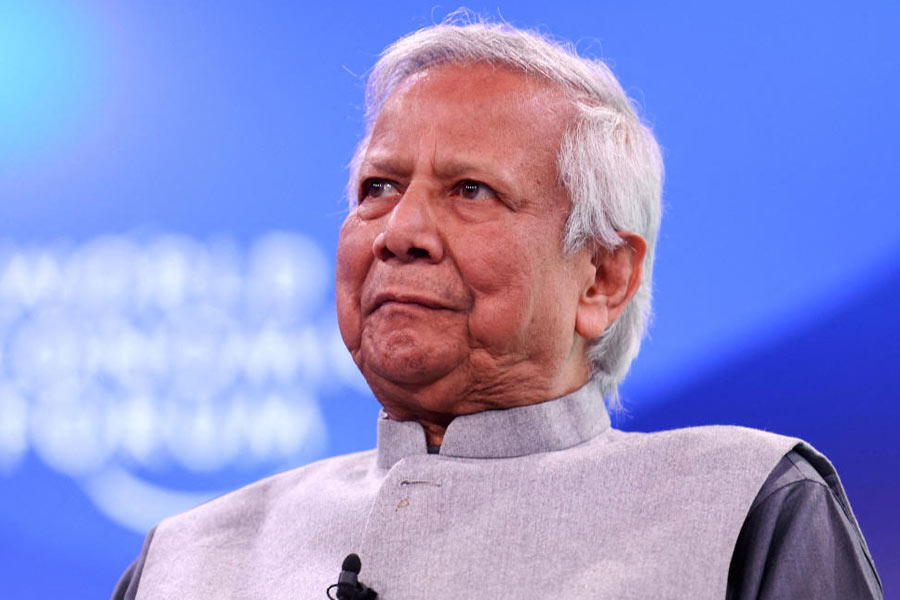
New Delhi: The North Block is mulling further rationalisation of the GST regime by bringing down the number of slabs and easing the rules for small businesses hit by the tax.
The proposals include reducing the number of slabs to four from six, while bringing down the average rate to 16 per cent from 18 per cent for most products. Officials said these proposals could be taken up before the GST Council closer to the budget.
Realising the severe disruption to economic activity caused by the hastily designed GST, the finance ministry has already undertaken a series of overhauls, including bringing down the number of products listed in the top tax bracket of 28 per cent.
The government will also consider other measures such as allowing those businesses which have opted for the composite tax scheme to sell outside their states, stop treating micro unregistered businesses as final buyers and allow them to get input tax credit on semi-finished goods sold to a large business entity.
"Realising the problem being created when the large buyers in the textile trade have to pay the GST on any advance they give to craftsmen or weavers or other small job workers, we are also looking at the possibility of streamlining the system so that there can be a time lag in paying GST on advances," the officials said.
Officials admit that small and medium businesses continue to be hit as taxes and rules confound them.
"Production relations have changed as a result of the way the GST has been designed. Large buyers are no longer buying from small businesses which are unregistered as they cannot get input tax credit on the semi-finished goods they buy from them. This has led to many units shutting shop or reducing their workforce," Swapan Sarkar, FCA and chairman, finance committee of the India-American Chamber of commerce.
Small businesses which remain unregistered or have opted for the composite tax scheme - where a manufacturer with a turnover of up to Rs 1.5 crore pays a flat turnover tax of 1 per cent - are unable to get either the benefit of input tax set-offs or give similar tax set offs to larger manufactures buying from them.
Another rule which says large units buying from smaller unregistered suppliers have to do the paperwork for them and pay GST on their behalf to get the input credit has also worked against small units.<>Small businesses have already been given thew opportunity of filing only one return through one single form every quarter instead of the multiple forms they have to file.
"Globally, authorities do not tax small businesses for 3 main reasons - taxing them is not cost effective. Second, they have trouble keeping proper records which makes it tough for the tax-man... lastly taxing them breeds corruption," said Sumit Dutt Majumder, former Chairman of the CBEC, who pointed out that the global exemption limit for small business was about 4-5 times the Indian threshold limit.
Handloom and handicrafts are another sector where a confusing array of GST rates has meant extreme difficulties. Earlier the VAT rates on most handicrafts stood at 5.5 %, with many of them tax-exempt. However, under GST they have been placed under 5 %, 12 %, 18 % % slabs. For instance, the GST on sandalwood artefacts has increased from 5.5% to 12%. Sandalwood oil, which was earlier taxed at 14% now faces a GST of 18%.











